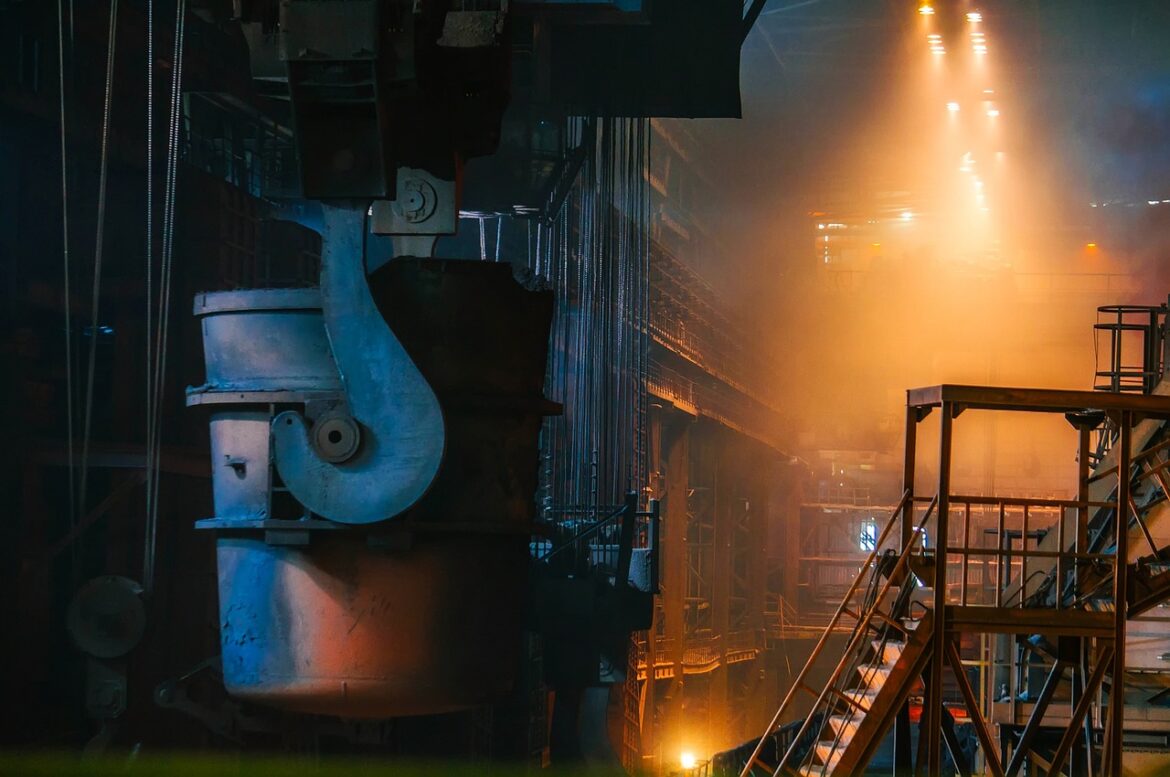In today’s fast-paced manufacturing landscape, effective communication is more crucial than ever. As technology advances, companies are adopting innovative tools to streamline communication, enhance collaboration, and boost productivity. Let’s dive into some of the latest trends reshaping the manufacturing sector:
AI-Powered Communication Assistants
AI isn’t just a tool in manufacturing; it’s a partner. It helps filter emails, highlight priority tasks, and even suggest responses, freeing up time for more strategic work. For instance, AI can assist in drafting emails and updating documents, making workflows smoother and more efficient. This integration of AI in daily operations is a clear example of how technology is enhancing communication and collaboration in the workplace.
Blueprints: The New Blueprint for Success
Blueprints have become a cornerstone in manufacturing communication. They enable seamless collaboration between clients, engineers, and shop floor workers, ensuring everyone is aligned on product vision. These intelligent designs not only streamline processes but also prevent errors and delays, making them an indispensable tool in modern manufacturing. By acting as a roadmap, they help anticipate project needs and keep projects on track.
Employee-Led Innovation
As employees race to adapt to new technologies, they are leading the charge in developing skills for the future of work. Leadership development requests have surged, with a focus on strategic thinking and communication. This proactive approach by employees is crucial in keeping pace with evolving workplace needs. As companies struggle to update their systems, employees are driving innovation and growth through continuous learning and skill-building.
Intranet and Employee Hubs
Companies are leveraging intranets to create a more connected and informed workforce. These platforms streamline communication, facilitate feedback, and reduce email overload. By providing a centralized hub for company news and resources, they empower employees to work together more effectively. This shift towards digital communication platforms is vital for fostering collaboration and knowledge sharing within organizations.
Hybrid Work Models
Hybrid work models are transforming the way we approach work. With sustainability becoming a core focus, businesses are embracing flexible and environmentally friendly practices. This shift is not only about reducing environmental impact but also about supporting fair labor practices and fostering positive community relationships. Companies that adapt to these trends are more likely to thrive in today’s fast-paced world.
These trends highlight how manufacturing is moving beyond traditional boundaries, embracing technology and innovation to enhance workplace communication and collaboration.
References:
- https://mapsted.com/blog/how-artificial-intelligence-is-reshaping-workplaces
- https://www.randstad.ca/job-seeker/skills/top-skills-manufacturing-2025/
- https://nam.org/workforce/
- https://www.morningstar.com/news/pr-newswire/20250513ny86788/skillcycle-research-reveals-surprising-truth-about-the-future-of-work
- https://www.packworld.com/trends/pmmi-news/news/22941105/productivity-ranks-as-number-one-priority-for-cpgs-and-industry-suppliers-according-to-new-pmmi-report
- https://www.lumapps.com/insights/blog/an-intranet-for-enterprises-addressing-challenges-with-intranets-employee-hubs
- https://www.brandvm.com/post/important-business-trends-watch-2025-must-know
- https://www.comnetwork.org/jobs



